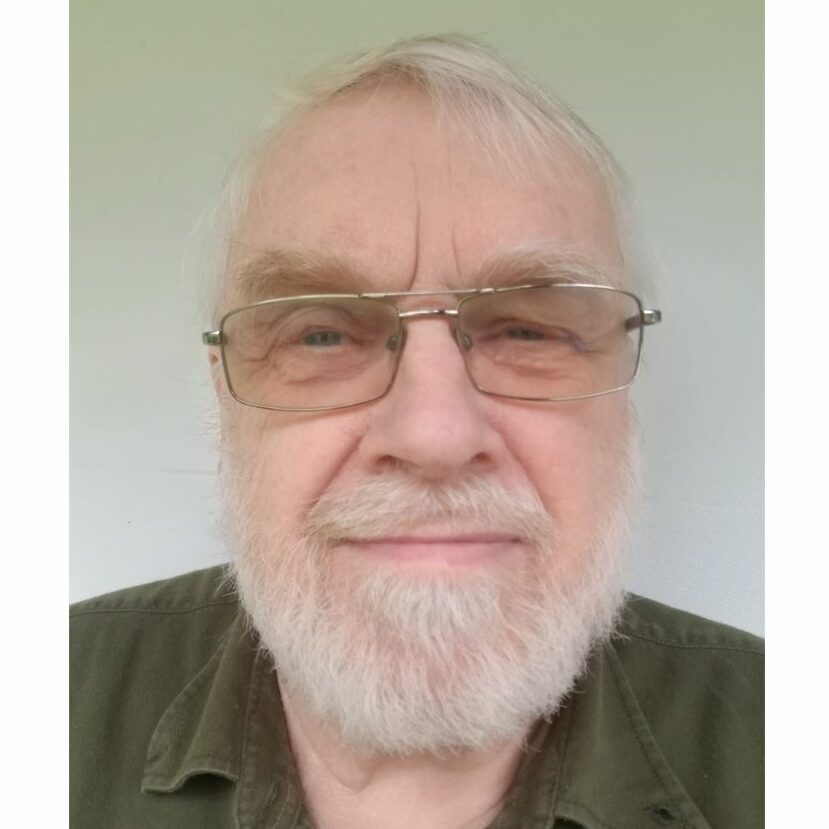
Peter G. Mattocks
Peter Mattocks is not a pilot though he did take a course in flying gliders while in high school in England culminating in three remaining-in-the-pattern solo flights. It was not for him. He almost became a biologist having spent most of his childhood breeding moths but thanks to two very dedicated high school teachers, one in physics, the other in mathematics, he opted for a career in physics obtaining baccalaureate and doctorate degrees from Southampton University. With the much-appreciated support of his wife Mary (Willy) he then won a succession of temporary research positions at the University of Birmingham (England), the University of Waterloo (Canada), the Max Planck Institute Stuttgart (Germany) and the University of Buffalo. Research at these institutions in very high magnetic fields, very low temperatures, and crystal growth, coalesced into his being the first person ever to grow and experiment on crystals of a mixture of zirconium and zinc. A permanent position at The State University of New York at Fredonia enabled him to pass on his love of physics to many students over the last thirty years until retirement. Though not being particularly enthusiastic about flying, Peter has found great satisfaction in incorporating principles of flight, thermodynamics and the Global Positioning System’s dependence on General Relativity in his physics teaching.
Upon retirement, Peter was pleased to remain involved in education by becoming a Board Member and Board Secretary of the Aero Club of Buffalo. Over the years he had witnessed a distressing decline in the number of students in the physical sciences and in the number of youngsters interested in flying, the latter leading to a shortage of commercial pilots. As Board Member he assists the Club in fulfilling its mission statement regarding educational activities by seeking funding for its scholarships, by attracting speakers to the monthly meetings, by advertising, by performing clerical work, and sometimes by asking mischievous but stimulating questions such as “Upon what part of a jet engine does the thrust act so as to push the engine forward?“ asked of several Club members and of staff of the Niagara Aerospace Museum, a museum dedicated to showcasing the amazing contributions to aviation that have taken place in Western New York. Every little bit helps.
